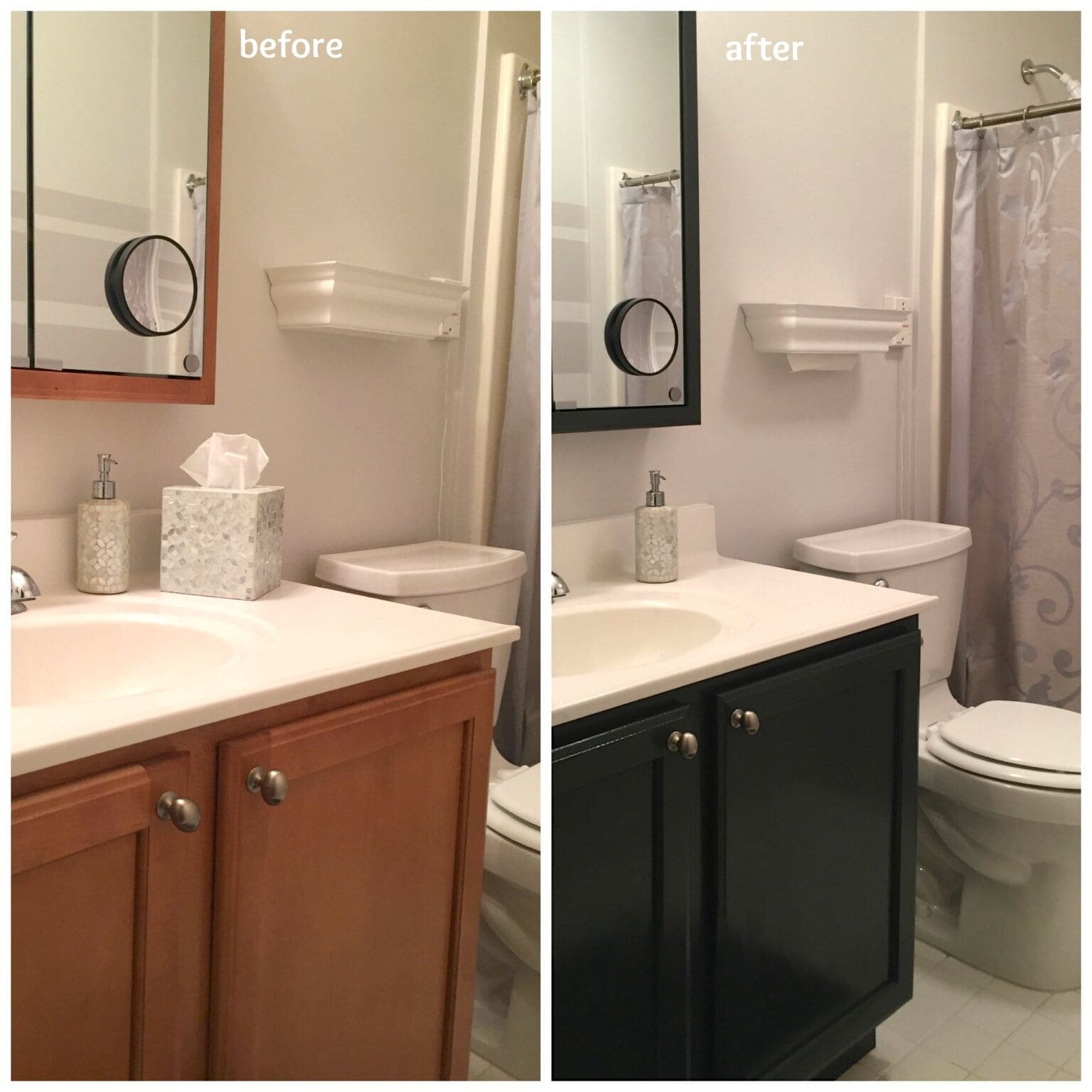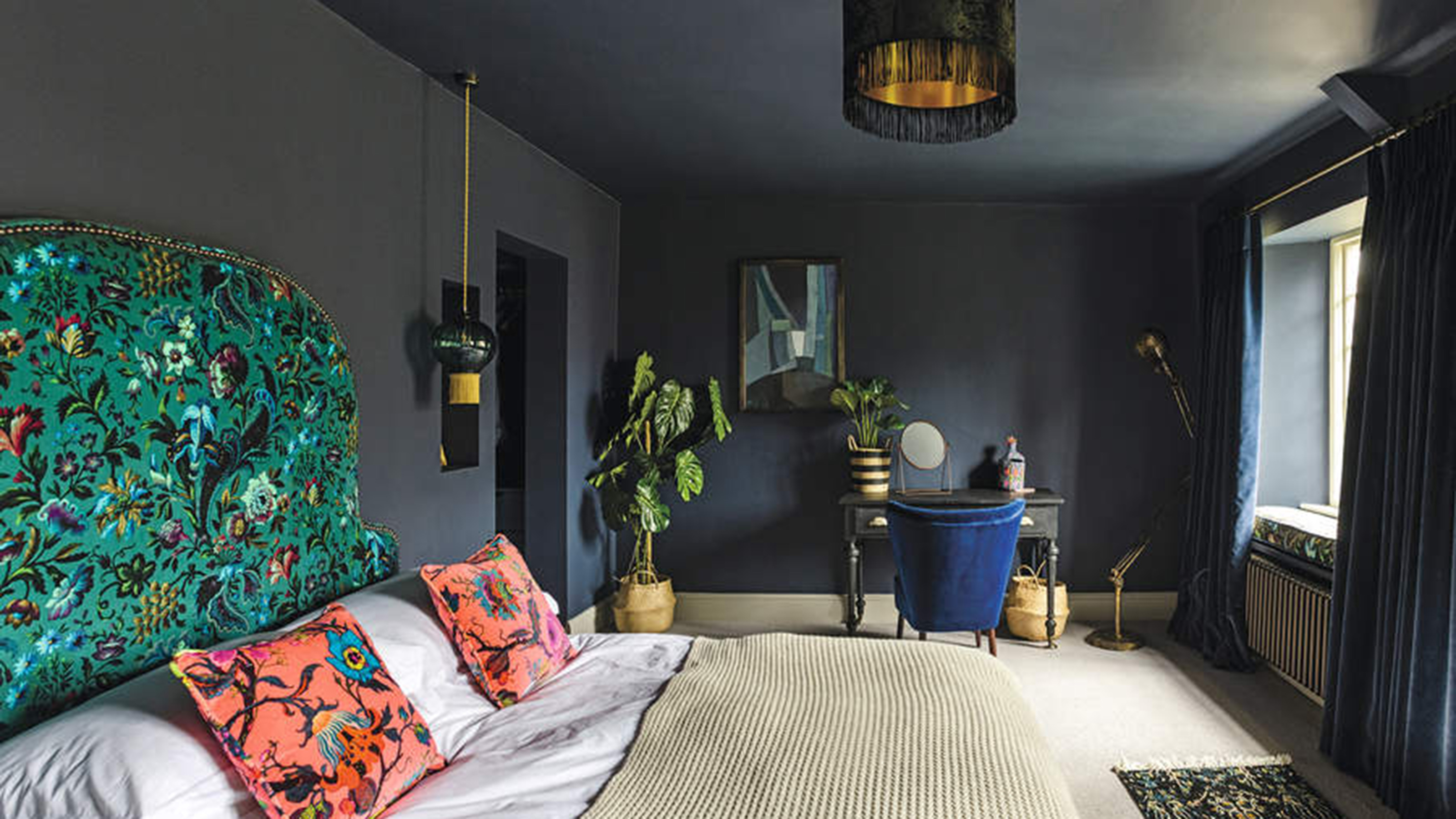The Psychology of Color in Bedroom Design

The colors we choose for our bedrooms can significantly impact our mood, sleep quality, and overall well-being. Understanding the psychological effects of different colors can help us create a bedroom environment that promotes relaxation, restful sleep, and a sense of calm.
The Influence of Color on Mood and Atmosphere
Color psychology plays a crucial role in interior design, especially in the bedroom, where we seek comfort and tranquility. Different colors evoke distinct emotional responses, influencing the overall mood and atmosphere of a space.
- Calming Colors: Blues, greens, and purples are often associated with peace, serenity, and relaxation. These colors can create a calming and soothing ambiance, promoting restful sleep and reducing stress levels. For instance, a soft blue can evoke feelings of calmness and tranquility, while a muted green can create a sense of harmony and peace.
- Energizing Colors: Reds, yellows, and oranges are typically associated with energy, excitement, and warmth. While these colors can be stimulating, they are generally not recommended for bedrooms as they can interfere with sleep and relaxation. For example, a bright red can be overstimulating and make it difficult to fall asleep, while a vibrant yellow can create a sense of anxiety or restlessness.
The Impact of Color on Sleep Quality
The color of your bedroom walls can influence your sleep quality and how well you rest. Research suggests that certain colors can promote relaxation and sleep, while others can have the opposite effect.
- Blue: Blue is often associated with calmness and serenity, making it an ideal color for a bedroom. Studies have shown that blue can lower blood pressure and heart rate, promoting relaxation and sleep. A soft blue can create a peaceful and tranquil atmosphere, making it easier to drift off to sleep.
- Green: Green is another calming color that can help promote relaxation and sleep. It is associated with nature and tranquility, evoking feelings of peace and serenity. A light green can create a calming and soothing ambiance, making it easier to fall asleep and stay asleep.
- Red: Red is an energizing color that can increase heart rate and blood pressure. It is not recommended for bedrooms as it can be overstimulating and interfere with sleep. A bright red can make it difficult to fall asleep and may lead to restless nights.
Calming Colors vs. Energizing Colors
Calming colors, such as blues, greens, and purples, are often preferred for bedrooms as they create a relaxing and soothing atmosphere, promoting restful sleep. These colors can help reduce stress levels, lower blood pressure, and promote a sense of peace and tranquility. Energizing colors, such as reds, yellows, and oranges, can be stimulating and may interfere with sleep. They are best used in other areas of the home, such as living rooms or kitchens, where their stimulating effect is desired.
Mood Board: Bathroom Paint Color Palettes for Different Bedroom Styles, Bathroom paint in bedroom
- Minimalist Bedroom: A minimalist bedroom often features clean lines, simple furniture, and a neutral color palette. A white or light gray bathroom paint color can complement this style, creating a sense of spaciousness and tranquility. For a touch of color, consider adding a few accent pieces in soft shades of blue, green, or pink.
- Traditional Bedroom: A traditional bedroom typically features ornate furniture, rich fabrics, and warm color tones. A cream or beige bathroom paint color can create a classic and elegant ambiance. Consider adding a few accents in shades of brown, gold, or burgundy to enhance the traditional feel.
- Contemporary Bedroom: A contemporary bedroom often features modern furniture, sleek lines, and bold color accents. A dark gray or charcoal bathroom paint color can create a sophisticated and stylish backdrop for a contemporary bedroom. Consider adding a few accent pieces in bright shades of yellow, orange, or teal to add a touch of vibrancy.
Practical Considerations for Bathroom Paint in Bedrooms

Painting a bathroom in a bedroom requires careful consideration of factors beyond aesthetics. The environment presents unique challenges, demanding paint that not only looks good but also withstands moisture, humidity, and frequent cleaning.
Selecting Moisture-Resistant and Durable Paint
Choosing the right paint is crucial for ensuring a long-lasting and beautiful finish in a bathroom. Moisture-resistant paint, specifically formulated for bathrooms and high-humidity areas, offers superior protection against water damage and mildew growth. Look for paints labeled as “bathroom paint,” “mold-resistant,” or ” mildew-resistant.” These paints typically contain additives that inhibit the growth of mold and mildew, preventing unpleasant odors and unsightly stains.
Evaluating Paint Finishes
Paint finishes influence the appearance and durability of the painted surface. The three main types of finishes for bathroom paint are matte, satin, and gloss.
- Matte Finish: This finish provides a flat, non-reflective surface that effectively hides imperfections. However, matte finishes are more prone to stains and are less washable than satin or gloss finishes. They are often used in bedrooms to create a cozy and relaxing atmosphere.
- Satin Finish: Offering a slightly sheen finish, satin paint is more durable and washable than matte paint, making it suitable for bathrooms that experience moderate humidity and moisture. It is also more resistant to scuffs and scratches, making it a good choice for high-traffic areas.
- Gloss Finish: This finish provides a high-sheen, reflective surface that is highly durable and washable. Gloss paint is the most resistant to moisture and stains, making it ideal for areas with high humidity and frequent cleaning, such as shower stalls and bathroom walls.
Preparing Bedroom Walls for Painting
Proper preparation is essential for a successful and long-lasting paint job. This process involves several steps:
- Patching: Identify and repair any cracks, holes, or imperfections in the walls using patching compound. Apply the compound according to the manufacturer’s instructions, ensuring it is smooth and even with the wall surface.
- Sanding: Once the patching compound has dried, sand the repaired areas with fine-grit sandpaper to create a smooth and uniform surface. This step helps to ensure the paint adheres evenly and creates a seamless finish.
- Priming: Priming the walls is crucial for creating a good base for the paint to adhere to. Choose a primer specifically designed for bathrooms and high-humidity areas. This primer will help seal the walls, prevent moisture from penetrating, and improve the paint’s adhesion and durability.
Bathroom Paint Brand Comparison
| Brand | Features | Benefits | Cost | Availability | Brand A | Moisture-resistant, mildew-resistant, low VOC | Durable, long-lasting, environmentally friendly | $$ | Widely available | Brand B | High-sheen, washable, scrubbable | Easy to clean, resistant to stains | $$$ | Available at major home improvement stores | Brand C | Matte finish, breathable, mildew-resistant | Creates a soft, calming atmosphere, prevents moisture buildup | $$ | Available online and at specialty paint stores |
|---|
Integrating Bathroom Paint with Bedroom Decor

A well-chosen bathroom paint color can seamlessly blend with your bedroom’s existing decor, creating a cohesive and stylish look. By carefully coordinating paint colors with furniture, textiles, and artwork, you can enhance the overall aesthetic of your space.
Choosing Bathroom Paint Colors to Complement Bedroom Decor Themes
The choice of bathroom paint color should complement the overall theme of your bedroom. Here are some popular bedroom decor themes and corresponding bathroom paint colors:
- Farmhouse: Embrace the warmth and rustic charm of a farmhouse theme with soft, neutral colors like creamy whites, pale blues, and warm grays. Consider a light sage green or a soft lavender for a touch of color.
- Boho: Create a relaxed and eclectic atmosphere with earthy tones like terracotta, mustard yellow, and deep teal. These colors evoke a sense of nature and tranquility.
- Scandinavian: For a minimalist and airy feel, opt for light and bright colors like crisp white, soft gray, or pale blue. These colors create a sense of spaciousness and serenity.
Using Accent Walls and Trim to Create Visual Interest
Accent walls and trim can be used to define different zones within a bedroom and create visual interest. Consider using a contrasting color on an accent wall to highlight a focal point, such as a bed headboard or a seating area. Alternatively, use a darker trim color to add definition to the space and create a sense of sophistication.
Inspirational Bathroom Paint Color Combinations
Here are some inspiring bathroom paint color combinations that can enhance the overall aesthetic of your bedroom:
- Classic and Timeless: Combine a crisp white bathroom with a soft gray accent wall for a sophisticated and timeless look. This combination complements a variety of bedroom decor styles.
- Warm and Inviting: Create a warm and inviting atmosphere with a light beige bathroom and a soft blush pink accent wall. This combination is ideal for a bedroom with a romantic or feminine touch.
- Bold and Modern: For a bold and modern look, pair a deep navy blue bathroom with a bright white trim. This combination creates a dramatic and sophisticated contrast.
